
An overview of Animating DOM with setInterval
- Subject:
- Applied Science
- Computer Science
- Material Type:
- Interactive
- Lesson
- Provider:
- Khan Academy
- Provider Set:
- Khan Academy
- Author:
- Pamela Fox
- Date Added:
- 07/11/2021

An overview of Animating DOM with setInterval

Learn how to use jQuery to animate elements in custom ways, like animating their sizes, borders, and spacing, to whatever values you specify.
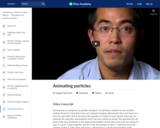
Now we'll pull everything together and explore how we calculate the position of a particle over time (frame by frame).

An overview of Animating styles with CSS animations

An overview of Animating styles with requestAnimationFrame

Learn how to use jQuery to show, hide, and toggle elements with animation effects.

Anishinaabe, possibly Mississauga Ojibwa, Shoulder bag (missing strap), c. 1800, tanned leather, porcupine quills, dye, glass beads, silk ribbon, metal cones, and deer hair, Possibly made in Ontario, Canada; possibly made in Michigan, United States; possibly made in Wisconsin, United States, 30.5 × 22.9 cm (The Metropolitan Museum of Art). Created by The Metropolitan Museum of Art.

Annual Interest Varying with Debt Maturity. Created by Sal Khan.
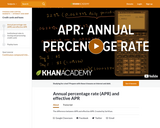
The annual percentage rate (APR) that you are charged on a loan may not be the amount of interest you actually pay. The amount of interest you effectively pay is greater the more frequently the interest is compounded. In this video, we calculate the effective APR based on compounding the APR daily. Created by Sal Khan.
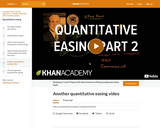
More on quantitative easing. Created by Sal Khan.
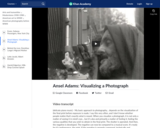
Ansel Adams talks about seeing and feeling photography. Created by Getty Museum.
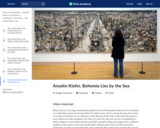
The conservator’s eye: Anselm Kiefer, Bohemia Lies by the Sea, 1996, oil, emulsion, shellac, charcoal, and powdered paint on burlap, 75 1/4 in. × 18 ft. 5 inches / 191.1 × 561.3 cm (The Metropolitan Museum of Art). Speakers: Corey D'Augustine and Steven Zucker.
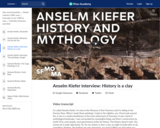
Video by San Francisco Museum of Modern Art. Surrounded by his paintings in SFMOMA’s galleries, German artist Anselm Kiefer describes the challenges and significance of exploring the past in his work. He highlights the subjective, emotional nature of both history and art. Created by Smarthistory.
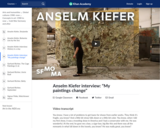
Video by SFMOMA. German painter and sculptor Anselm Kiefer discusses the meanings behind some of his favorite materials, including straw, cow manure, and lead. He describes how he strives for fluidity and malleability in his work, though conservation can be a challenge. Created by Smarthistory.

In which John Green, Hank Green, and Emily Graslie teach you about the Anthropocene, an unofficial geological era that covers the last century or so, in which humanity has made massive progress. We've discovered the Higgs-Boson particle, and awesome electric cars, and amazing smartphones. So all this collective learning and progress has been good for everyone, right? Maybe not. We'll look at some of the pros and cons of all this "progress," including environmental impact, changes in the way people live and work, and political changes and wars that come along with the modern world. We've come a long way, but there's a long way to go. Crash Course will also take a look at what's going to happen in the near future. If we manage to make our way through the coming bottlenecks, we could be OK in coming centuries. Don't get too hopeful, though. The Sun will eventually die, and the Earth will be destroyed, and later the universe will eventually experience heat death.
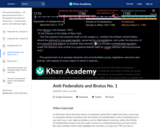
Interpreting an excerpt of Brutus No. 1, the most well-known of what will be eventually called the "Anti-Federalist Papers," which argued against the ratification of the Constitution of 1787.

DNA is composed of two strands of nucleotides held together by hydrogen bonding. The strands each run from 5' to 3' and run in antiparallel, or opposite, directions from one another.
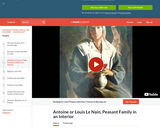
This art history video discussion examines Antoine or Louis Le Nain's "Peasant Family in an Interior", 2nd quarter of the 17th century, oil on canvas (Musee du Louvre, Paris).

Ape clarification - that they have no tails.
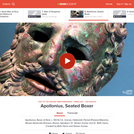
Apollonius, Boxer at Rest, c. 100 B.C.E., bronze, Hellenistic Period (Palazzo Massimo, Museo Nazionale Romano, Rome). Speakers: Dr. Steven Zucker and Dr. Beth Harris. Created by Beth Harris and Steven Zucker.